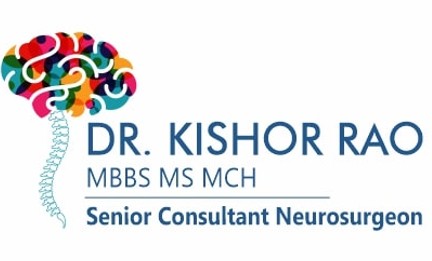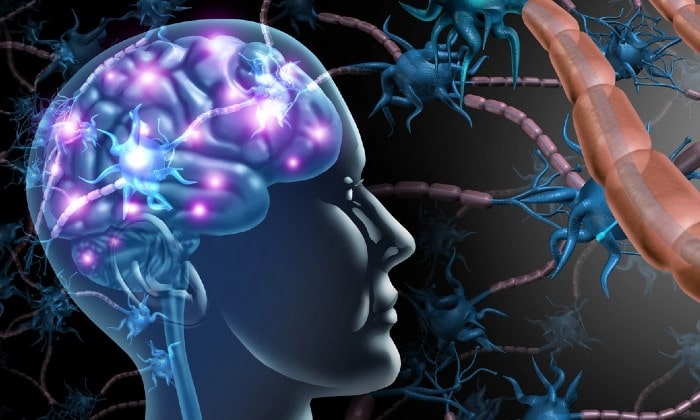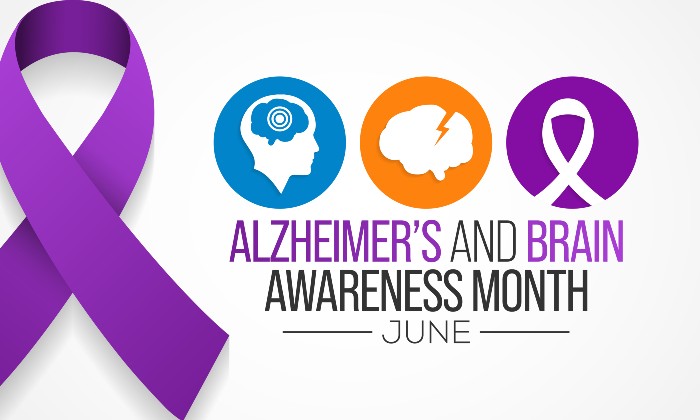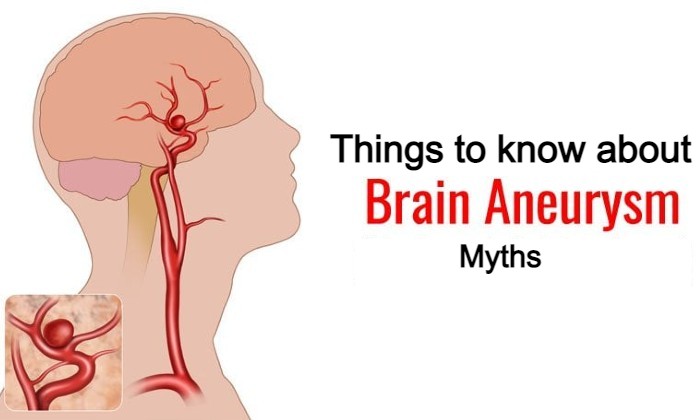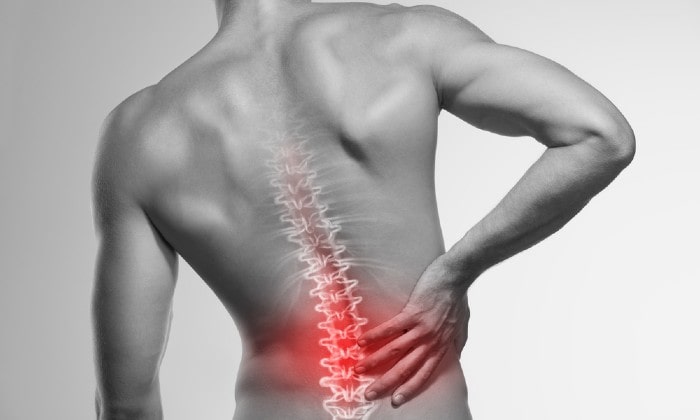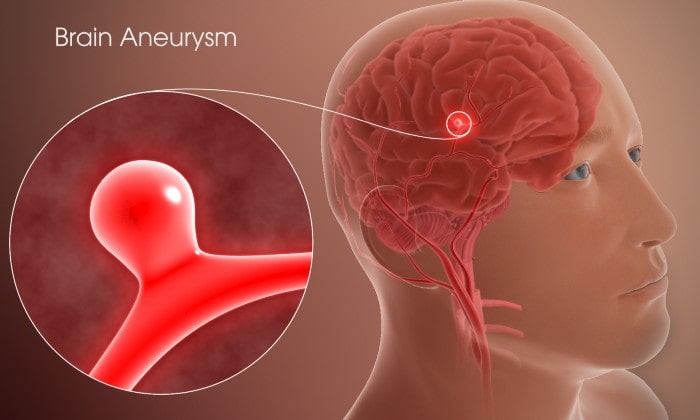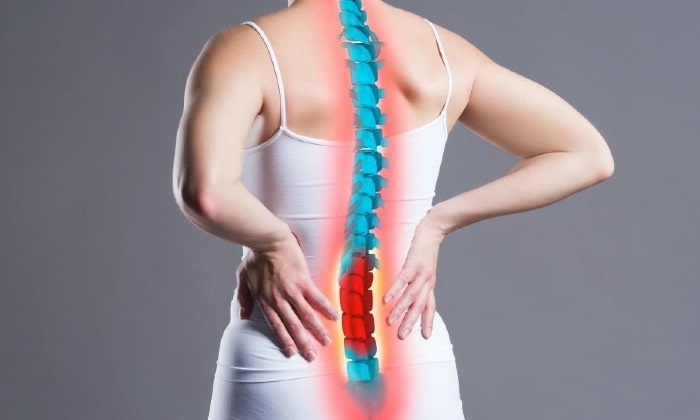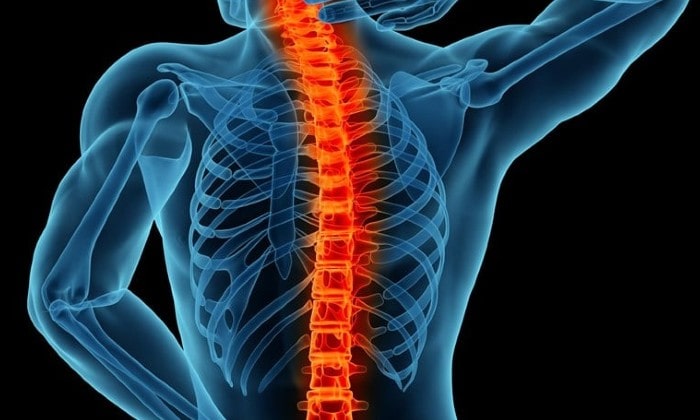What is Deep Brain Stimulation? When It's Required?
What is movement disorder?
Movement disorders are a grouping of neurological/nervous system conditions that cause an abnormal movement increase. These movements can be voluntary or involuntary, and movement disorders can also lead to slow or reduced movements. Functional neurosurgery is the procedure used to treat these conditions. This involves treating chronic neurological conditions, restoring neurological function, and treating them with various techniques, including deep brain stimulation and highly focused neuromodulator.
This surgery is one of the fastest-growing specialties in neurosurgery. It offers great hope to patients suffering from previously untreatable neurological conditions. It can treat essential tremors and involuntary movements and tremors associated with Ataxia and Parkinson's disease, Dystonia, and Wilson's disease. It can be used to treat some Parkinson's disease symptoms; which medications cannot control.
Deep Brain Stimulation
Some neurological disorders involving movement do not require surgery. After a thorough evaluation and testing, it is possible to determine if a person needs surgery to correct their movement disorder. If surgery is not an option, Deep Brain Stimulation can be used to treat these conditions. In functional surgery, this technique is used to implant a device that sends electric signals to the brain areas responsible for movement. It can also be used to treat movement disorders. The electrodes are placed in the brain and connected to a stimulator device. A neurostimulator works the same way as a pacemaker by using electric pulses to regulate brain activity. Deep brain stimulation uses electrodes placed in specific areas of the brain to treat the symptoms. Through small holes at the skull's top, the electrodes are inserted on both sides of the brain.
The following components make up the deep brain stimulator:
- Neurostimulator This is a programmable pacemaker device that creates electric pulses. It also has a battery. It can be placed under the skin in the abdomen or below the collarbone.
- Lead is a wire coated with several electrodes at its tip, which delivers electric pulses of electricity to the brain tissue. It is connected to an extension cable through a small hole in your skull.
- The extension is an insulated wire that connects the lead and the neurostimulator. It runs under the skin from the scalp to the chest, running behind the ears, and down the neck.
- Handheld programmer device. It can adjust the device's signal and quickly turn it off or on.
Who needs deep brain stimulation surgery?
Patients must be evaluated thoroughly before being approved for deep brain stimulation (DBS). A multidisciplinary team, including a neurosurgeon, neuropsychologist, neurosurgeon, and neurosurgeon, will assess the patient.
DBS is not available if patients are taking their medications as prescribed. Patients who meet these criteria are candidates for DBS.
- Even with the right medication, symptoms are difficult to manage.
- Patients suffering from symptoms have a significantly reduced quality of life.
- Side effects of current medications can't be tolerated.
There are some precautions you should take once you get home.
- After surgery, the stitches/staples are removed in 10-14 days.
- You should cover each of the four-pin locations with bandaids until they dry. They should be changed daily according to your needs.
- Avoid the area around the surgery and clean your head with a damp towel.
- After your staples or stitches are removed, shampoo your hair gently
- Avoid rubbing the affected areas.
Tips for after-brain stimulation surgery
- Immediately after the surgery, you should refrain from doing any housework or sexual activity for two weeks.
- To allow your wounds to heal properly, you should avoid strenuous and heavy activities such as swimming, jogging, and any classes in physical education. You should resume these activities after approximately 4 to 6 weeks.
- For at least two weeks, do not lift more than 3kg.
- Your arms should never be raised above your shoulders or your neck extended.
- You may be able to return to work in 4 to 6 weeks, depending on what type of work you do.
